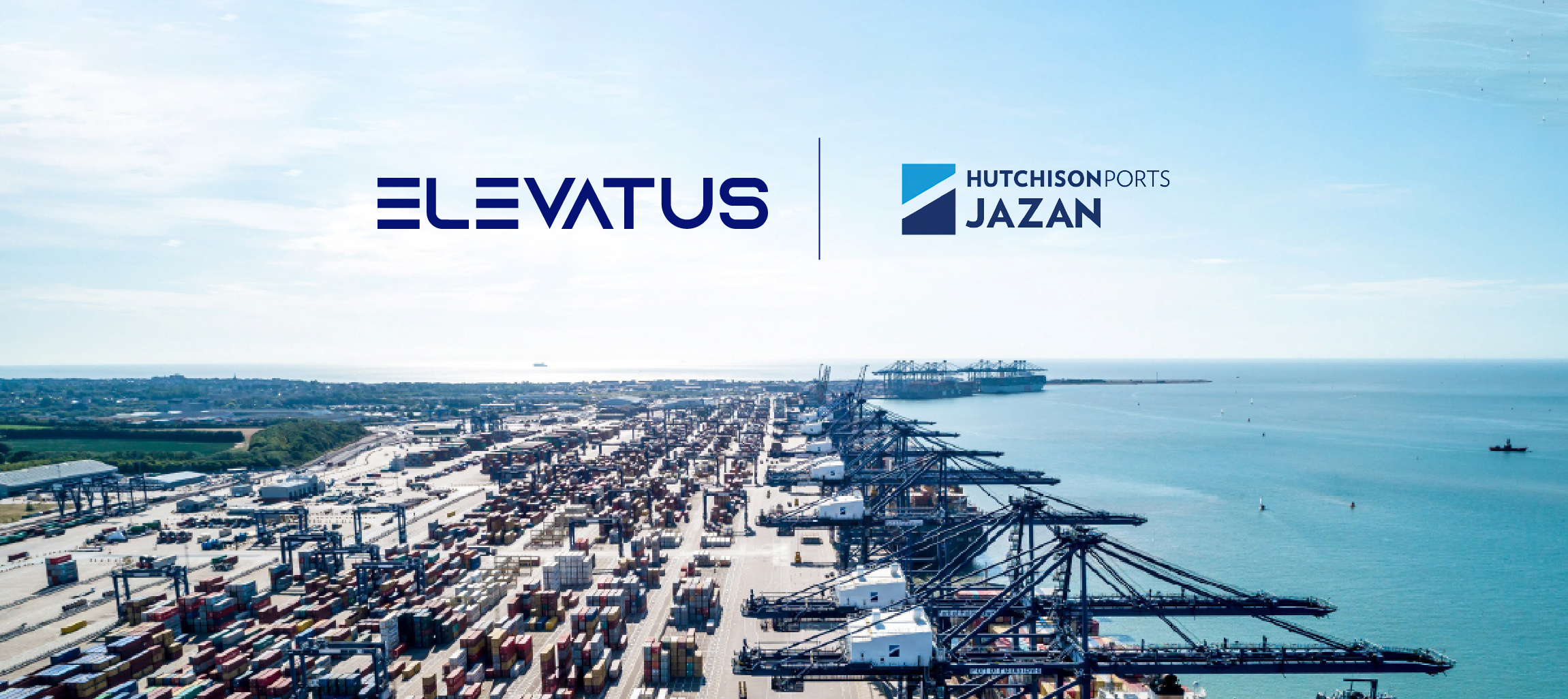
Workforce Planning
7 Mind-Blowing Benefits of Workforce Planning and How to Outsmart Your Competitors Today
August 4, 2023



Kiran Kazim
Content Writer
Are you tired of watching your competitors thrive while your business struggles to keep up? It’s time to level the playing field by harnessing the power of workforce planning. In today’s fast-paced and ever-changing business landscape, workforce planning has become a crucial tool for success. By strategically aligning your workforce with your business goals, you can unlock a multitude of valuable benefits that will give you an edge over your competition.
Envision having a workforce that is perfectly aligned with your company’s needs and objectives. With effective workforce planning, you can ensure that each employee is in the right position and equipped with the necessary skills and knowledge to excel in their role. This not only increases productivity but also fosters a sense of purpose and fulfillment among your employees, resulting in higher job satisfaction and lower turnover rates. By investing in workforce planning and knowing what are the benefits of workforce planning, you are creating a safe and stable environment for both your business and its employees.
So why wait any longer? Let’s dive into the seven valuable benefits of effective workforce planning that your competitors are already reaping and more!
From Past to Present: The Fascinating Evolution of Workforce Planning and Benefits of Workforce Planning


Workforce planning has been around since the dawn of time, playing an absolutely crucial role in shaping the success or failure of businesses throughout history. From ancient civilizations to modern corporations, effective workforce planning has always been a game-changer.
In the earliest days, workforce planning meant ensuring that enough people were available to perform necessary tasks, whether it was hunting for food or building shelters. As societies evolved and became more complex, so did workforce planning. It started encompassing not just the quantity but also the quality of workers needed. Today, in our fast-paced and competitive business world, the benefits of workforce planning are even more apparent.
In today’s rapidly changing business landscape, organizations that engage in effective workforce planning have a significant edge over their competitors. By strategically analyzing their current and future talent needs, these companies can ensure they have the right people with the right skills at the right time. The benefits of workforce planning are numerous: increased productivity, reduced costs associated with turnover and hiring mistakes, improved employee morale and engagement, better alignment between organization goals and individual objectives, and the list goes on.
Without a doubt, workforce planning is an essential tool for any business looking to thrive in this dynamic environment. Now let’s delve into some specific benefits of workforce planning that your competitors might already be reaping!
7 Incredible Workforce Planning Benefits That Transform Businesses


Workforce planning is crucial for aligning your HR strategy with broader business objectives. By anticipating and managing talent needs, you can ensure that your organization has the right people in the right positions at the right time. Additionally, effective workforce planning aids in targeted employee training and skill development, allowing you to build a strong and adaptable workforce. Ultimately, this strategic approach can lead to significant cost savings, better risk management, and ensure business continuity for your company.
How Workforce Planning Aligns HR Strategy for Unstoppable Success
Aligning your HR strategy with the broader business objectives is the key to achieving unstoppable success. When your HR strategy is closely linked to the organization’s goals, it ensures that your workforce possesses the right skills and talents to drive success. Workforce planning becomes essential as it helps you identify skill gaps within the organization and develop strategies to address them.
An aligned HR strategy allows for better decision-making in recruitment, training, development, and succession planning. Understanding the specific needs of the business enables you to allocate resources wisely and ensure that the right people are in the right positions at the right time. This not only boosts operational efficiency but also enhances employee engagement and satisfaction.
Having a strong foundation of aligned HR strategy through effective workforce planning empowers you to anticipate and manage talent needs. By staying ahead of market dynamics and industry trends, you can ensure a seamless talent pipeline to meet future demands confidently. This strategic approach to HR sets your organization on a path towards continuous success and growth.
Stay Steps Ahead: Proactive Talent Management through Anticipating and Managing Talent Needs
With a forward-thinking approach, you can anticipate and address your talent requirements to stay ahead in the ever-evolving market. By understanding your current workforce capabilities and future needs, you can identify any gaps or shortages in skills and competencies. This allows you to take proactive measures such as hiring new talent, developing existing employees, or implementing succession planning strategies.
Anticipating talent needs also enables you to avoid disruptions in operations that may arise from unexpected resignations or retirements. By staying one step ahead and having a well-prepared talent pipeline, you can ensure business continuity and maintain a competitive edge.
Furthermore, by actively managing your talent needs, you can create a sense of security among your workforce. Employees want to feel valued and secure in their roles, knowing that their organization is invested in their growth and development. By addressing talent requirements, you show your employees that you are committed to providing them with opportunities for advancement and skill-building.
This not only increases employee satisfaction but also boosts productivity as individuals feel motivated to contribute their best efforts towards achieving organizational goals. By investing in the development of your workforce, you foster loyalty and engagement while nurturing a culture of continuous learning within your organization.
This focus on anticipating talent needs seamlessly transitions into the subsequent section about how workforce planning aids in targeted employee training and skill development. Without explicitly stating it as a step, organizations can strategically align their training initiatives with identified skills gaps to ensure they have competent employees who are ready for future challenges.
How Strategic Planning Targets Training and Skill Development for Unmatched Success
Strategically aligning training initiatives with identified skills gaps aids in the targeted development of employees’ competencies and prepares them for future challenges. By understanding the specific areas where your workforce may lack proficiency, you can design training programs that address those gaps directly. This allows your employees to acquire the necessary skills and knowledge to perform their jobs effectively, ultimately increasing productivity and reducing errors. Providing targeted training not only enhances employee performance but also boosts their confidence and job satisfaction.
In today’s rapidly evolving business landscape, investing in employee development is crucial for staying ahead of the competition. Effective workforce planning can lead to significant cost savings by ensuring that training efforts are focused on the most critical areas. By identifying skill gaps early on, you can avoid costly mistakes or delays caused by inadequate expertise.
Additionally, providing targeted training helps retain top talent within your organization as employees feel valued and supported in their professional growth. As we explore further how effective workforce planning can save costs, it becomes evident that this strategic approach benefits both individuals and the overall success of the company.
How Effective Workforce Planning Drives Massive Cost Savings
Investing in employee development through effective workforce planning can lead to significant cost savings while keeping your company ahead of the competition. By identifying the specific training and skill development needs of your employees, you can ensure that they are equipped with the necessary knowledge and abilities to perform their roles efficiently. This targeted approach eliminates wasteful spending on generic training programs that may not directly benefit your workforce.
Not only does this save money by avoiding unnecessary expenses, but it also reduces turnover rates. Employees who feel valued and provided with opportunities for growth are more likely to stay with a company long-term. This translates into lower recruitment and onboarding costs, as well as increased productivity from experienced staff members. Moreover, having a skilled workforce means that tasks are completed more effectively and efficiently, reducing errors and rework.
With an engaged and developed workforce, your company is better prepared to handle challenges and adapt to changes in the business landscape. As we transition into the subsequent section about risk management and business continuity, it becomes clear how investing in employee development is a crucial step towards building a resilient organization capable of overcoming any obstacle.
Empowers Risk Management and Business Continuity
By effectively managing risks and ensuring business continuity, your company can weather any storm like a sturdy ship sailing through rough seas. One of the key benefits of workforce planning is mitigating risks and preparing for unforeseen events that could disrupt your operations. By identifying potential risks and developing strategies to minimize their impact, you can protect your business from financial losses, reputation damage, and even complete shutdowns.
Having a comprehensive risk management plan allows you to proactively address vulnerabilities in your workforce, such as key talent gaps or over-reliance on certain individuals. By diversifying skills and knowledge across your team, you create redundancy that ensures smooth functioning even if some employees are unavailable due to illness, resignation, or other unexpected circumstances.
Additionally, by cross-training employees in different roles or departments, you enhance flexibility and adaptability within your workforce. This not only helps maintain productivity during disruptions but also enables quick response to changing market conditions.
Ultimately, it is evident how risk management is an integral part of this process. By anticipating potential threats and having contingency plans in place, you can swiftly adapt to new challenges without losing momentum. With an agile workforce supported by effective risk management practices, your company will be well-prepared for any future changes or uncertainties that come its way.
How Workforce Planning Fuels Adaptability and Resilience
To ensure adaptability and responsiveness to change, you must constantly evaluate and adjust your workforce to meet evolving business needs. In this fast-paced and unpredictable business environment, being able to quickly adapt to new technologies, market trends, and customer demands is crucial for staying ahead of the competition.
By implementing effective workforce planning strategies, you can identify the skills and competencies needed in your organization both now and in the future. This allows you to recruit, train, and develop employees who possess the necessary capabilities to navigate through any changes that may arise.
Embracing workforce planning promotes a culture of agility within your organization. It enables you to respond promptly when faced with unexpected shifts in the market or industry landscape. By having a clear understanding of your current workforce capabilities and potential gaps, you can swiftly reallocate resources or hire new talent as needed. This flexibility not only helps mitigate risks associated with change but also positions your company for growth opportunities that others may struggle to seize.
With an adaptable workforce at your disposal, you have the ability to pivot quickly, capitalize on emerging trends, and outmaneuver competitors who may be caught off guard by sudden shifts in the business landscape.
Therefore, it becomes evident that having an agile workforce is a significant advantage. While many companies are still grappling with how best to respond to unexpected changes, those who have implemented robust workforce planning strategies are already steps ahead in adapting their operations for success.
How Workforce Planning Gives Businesses a Winning Edge
Get ahead of the competition by leveraging workforce planning to gain a strategic edge in today’s rapidly changing business landscape. By assessing your current and future workforce needs, you can identify any gaps or areas for improvement before they become a problem. This allows you to make informed decisions about hiring, training, and development, ensuring that your team has the right skills and expertise to meet the evolving demands of your industry.
With effective workforce planning, you can also anticipate potential challenges and adapt quickly when unexpected changes occur. Whether it’s a sudden increase in customer demand or a shift in market trends, having a flexible workforce that is ready to respond can give you a significant advantage over your competitors.
By identifying key talent within your organization and implementing succession plans, you can ensure continuity even during times of transition. This not only helps maintain productivity but also instills confidence in both employees and customers, creating a sense of stability that is highly valued in today’s uncertain world. So don’t wait until it’s too late and start harnessing the power of workforce planning now to secure your position as an industry leader.
Don’t Let The Benefits of Workforce Planning Slip Away!
You should definitely consider implementing workforce planning in your organization. By taking a proactive approach to managing your workforce, you can stay ahead of the competition and achieve long-term success. Just imagine the possibilities! After knowing the numerous advantages of workforce planning.
Think of it as a compass that guides you towards your goals, ensuring that you have the right people with the right skills at the right time. It’s like having a well-oiled machine where each cog fits perfectly into place, maximizing efficiency and productivity. So don’t get left behind while your competitors reap all the benefits of workforce planning. Take action now and unleash the full potential of your organization!
Remember, when it comes to workforce planning, fortune favors the prepared. Don’t let opportunities slip away or face unexpected challenges without a plan in place. Embrace this strategic tool and witness how it transforms your business into an unstoppable force in your industry.
Turn top talent to employees fast
Hire, assess, onboard and manage top talent for every job. See how Elevatus streamlines everything; from acquire to new hire.
Request a demoAuthor



Kiran Kazim
Don't miss a thing!
Stay one step ahead. Subscribe and get the latest updates, news, and insights from Elevatus straight to your inbox.


![Workforce Planning Secrets: Fuel Your Business Growth with These Proven Tactics and Expert Tips! [2023 Guide] | Elevatus Man happy about creating a new framework for workforce planning](https://www.elevatus.io/wp-content/uploads/2023/08/2.png)



